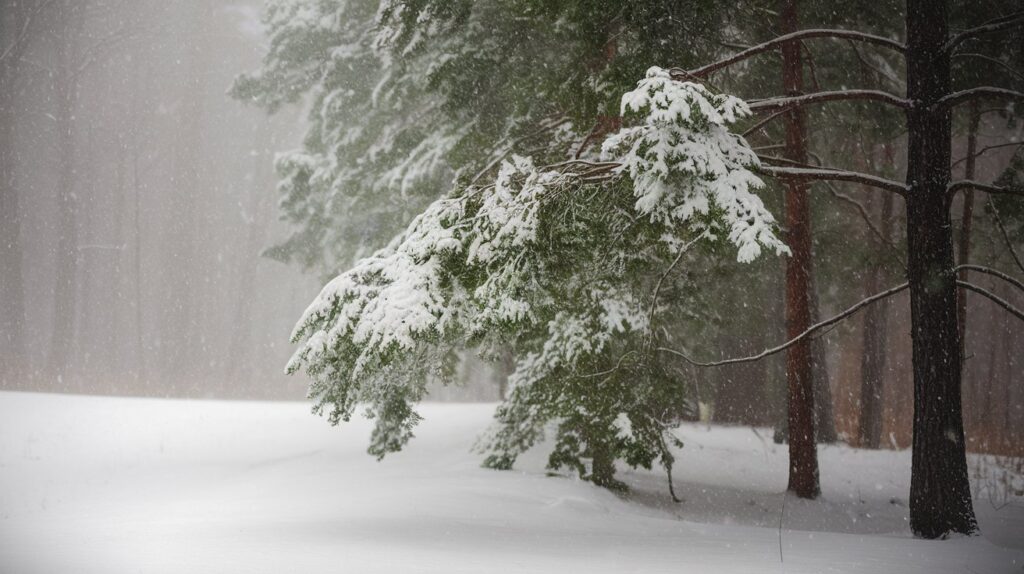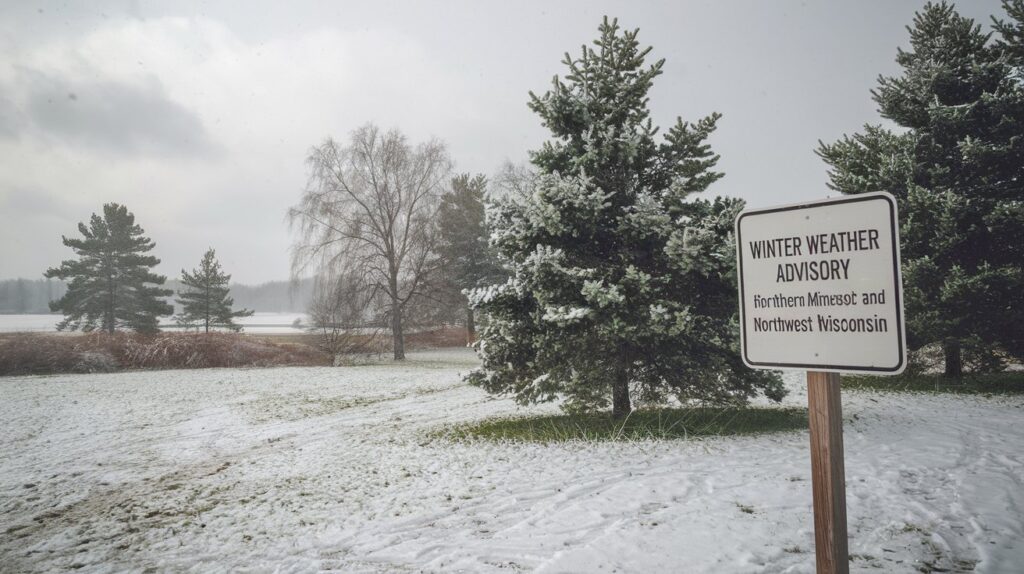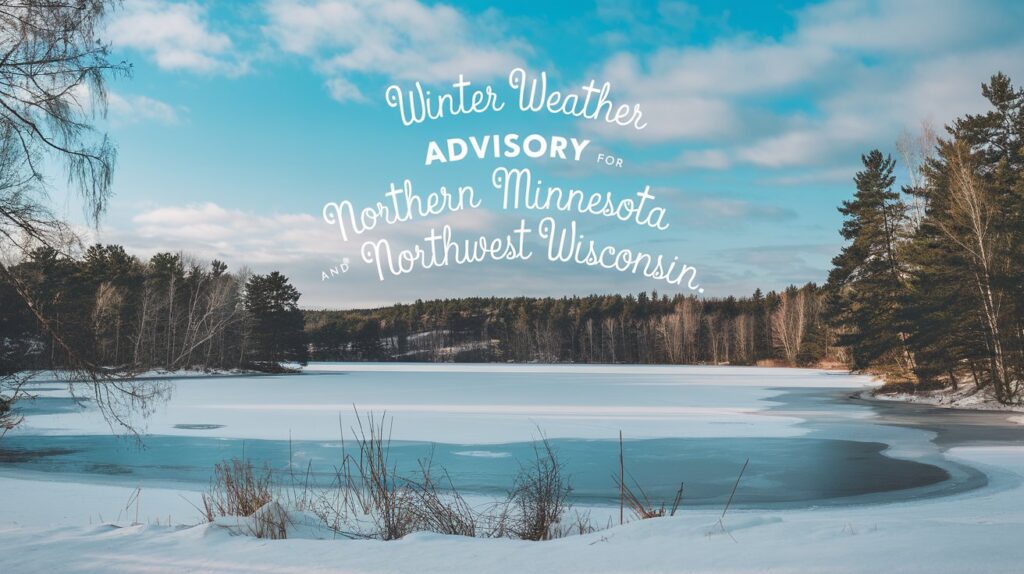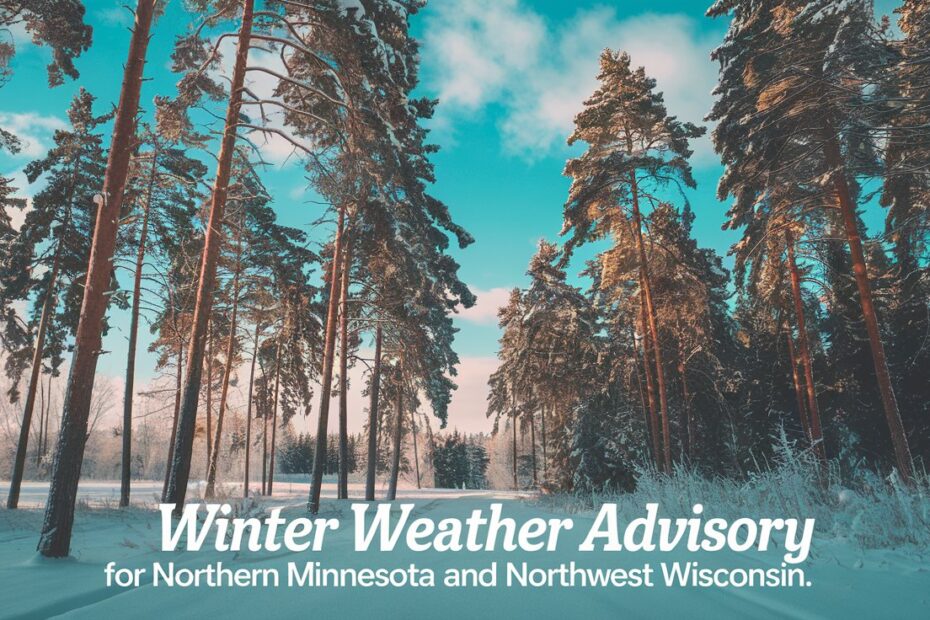A Winter Weather Advisory for Northern Minnesota and Northwest Wisconsin. has residents and travelers preparing for hazardous conditions. As snowfall accumulates and visibility diminishes, staying informed and ready to adapt to these unpredictable elements is essential.
What’s Happening?
The Winter Weather Advisory for Northern Minnesota and Northwest Wisconsin. is set to begin [Start Time] and last until [End Time]. Snowfall is expected to blanket the region, impacting daily routines and potentially treacherous travel. Here’s what you need to know to stay safe.
How Much Snow is Expected?
The advisory warns of snowfall accumulating between [Amount] inches, with some areas potentially receiving even higher amounts. This Amount of snow can significantly affect visibility and road conditions, especially in rural areas. Northern Minnesota and parts of northwest Wisconsin are particularly prone to receiving heavier snow due to their proximity to larger bodies of water, which often enhance snowfall through lake effect processes.
Impact on Road Conditions
Driving during this time will be challenging. Snow-covered roads and reduced visibility create hazardous conditions that can lead to accidents or vehicle breakdowns. It’s crucial to exercise caution. Slower driving speeds, maintaining more significant gaps between vehicles, and monitoring the changing road conditions are vital safety measures.
Authorities recommend that drivers in northern Minnesota and northwest Wisconsin postpone non-essential travel during the advisory period. If they must be on the road, ensure their vehicle is equipped with winter tires and has emergency supplies on board.

Why Was the Advisory Issued?
This Winter Weather Advisory for Northern Minnesota and Northwest Wisconsin. was issued by the National Weather Service (NWS) due to the combined factors of expected snow accumulation and hazardous road conditions. The rapid onset of heavy snowfall in the region increases the likelihood of dangerous driving situations, particularly on less-traveled roads.
Additionally, wind gusts are expected, which may further reduce visibility and contribute to drifting snow, making it challenging to navigate even well-traveled highways.
Winter Safety: What You Can Do
With the advisory in effect, preparation is critical to staying safe during this period of severe weather. The following tips can help you navigate the cold and snow more effectively:
- Prepare Your Vehicle
Make sure your car is winter-ready. This includes equipping your vehicle with snow tires, topping off antifreeze, and ensuring your windshield wipers are functional. It’s also wise to carry an emergency kit, including blankets, food, water, a first-aid kit, and a fully charged phone.
- Check the Forecast Regularly
Stay tuned to weather reports from reliable sources like the National Weather Service. Conditions can change rapidly, and updated advisories or warnings may be issued.
- Dress for the Cold
Layers are essential. Wear insulated clothing, including gloves, scarves, and hats, to protect against frostbite and hypothermia. Exposure to cold wind for prolonged periods can be dangerous, so if you’re heading outside, make sure you’re adequately equipped.
- Limit Travel
If possible, avoid traveling during the advisory. It’s always better to stay indoors and off the roads when conditions are hazardous. However, if travel is unavoidable, allow extra time to reach your destination and drive cautiously.

Why You Should Take This Seriously
Winter weather advisories are not issued lightly. When the advisory for northern Minnesota and northwest Wisconsin takes effect, it signifies conditions that could rapidly escalate, putting unprepared individuals in harm’s way. What begins as light snowfall can quickly intensify, turning a routine drive into a dangerous ordeal.
During previous advisories in similar regions, many accidents and incidents of drivers getting stranded occurred simply because people underestimated the conditions. Don’t make the same mistake – taking early precautions is vital for your safety.
How to Stay Informed
Keep up with real-time updates from your local news stations, weather apps, or directly from the National Weather Service. Weather patterns in northern Minnesota and northwest Wisconsin can be unpredictable, so staying informed allows you to make necessary adjustments to your plans.
Also Read: Drew Brees Makes His NBC Debut, Internet Amazed by His New Hair
When Will It Be Safe to Travel Again?
Once the advisory ends, it’s important to continue exercising caution. Even after the snow stops falling, roads may still be slippery or snow-covered, especially in more rural areas. Always check local reports on road conditions before heading out.

Conclusion
As the Winter Weather Advisory for Northern Minnesota and Northwest Wisconsin. takes effect, it’s important to remember that your safety is the top priority. Whether you’re preparing your car, dressing in warm layers, or deciding to stay indoors, every precaution counts.
Winter in the upper Midwest can be unforgiving, but with the proper preparation, you can weather the storm. Take the necessary steps to protect yourself and your loved ones, and always heed the warnings of weather professionals. Stay safe, stay informed, and be ready for whatever winter throws your way.
